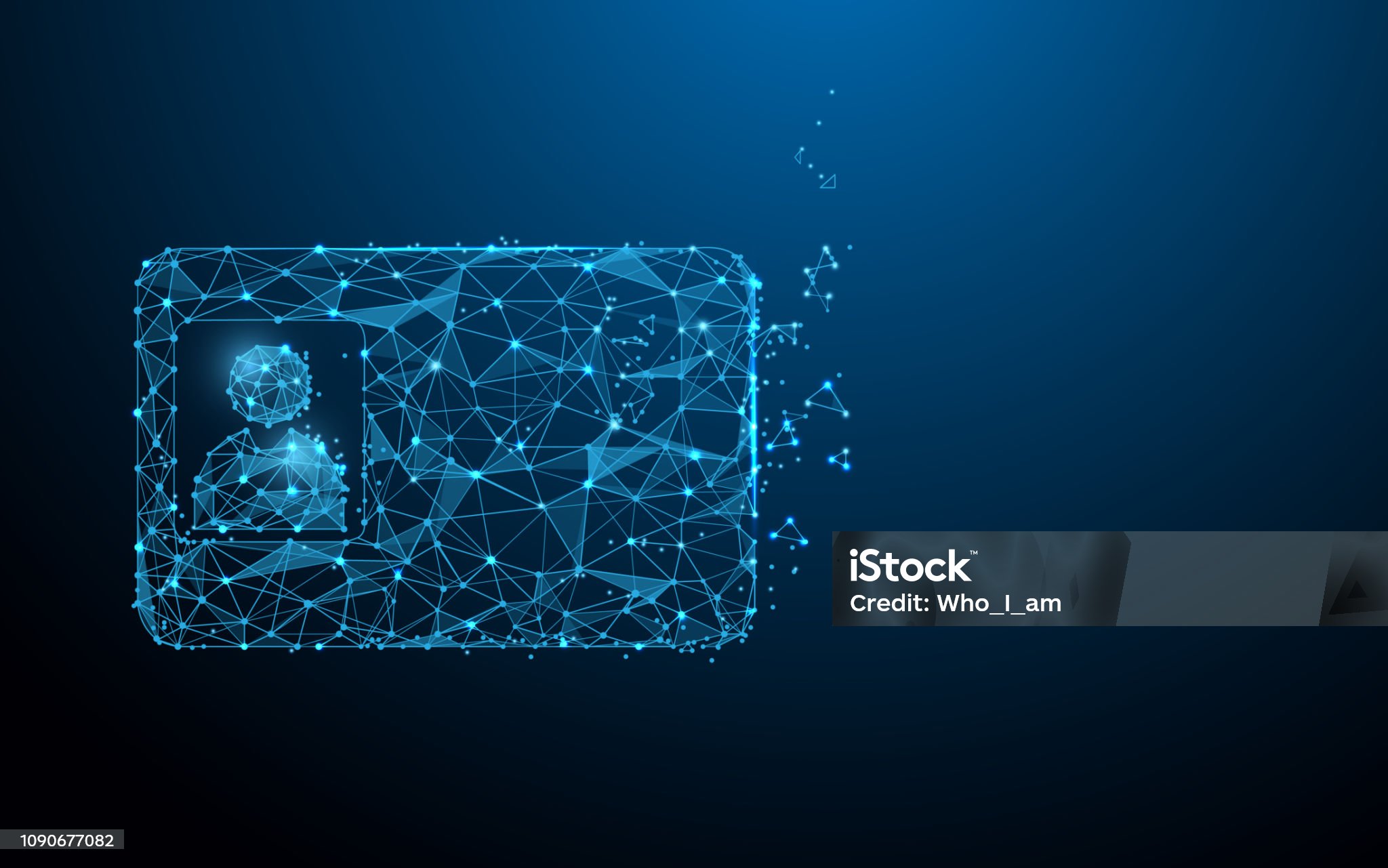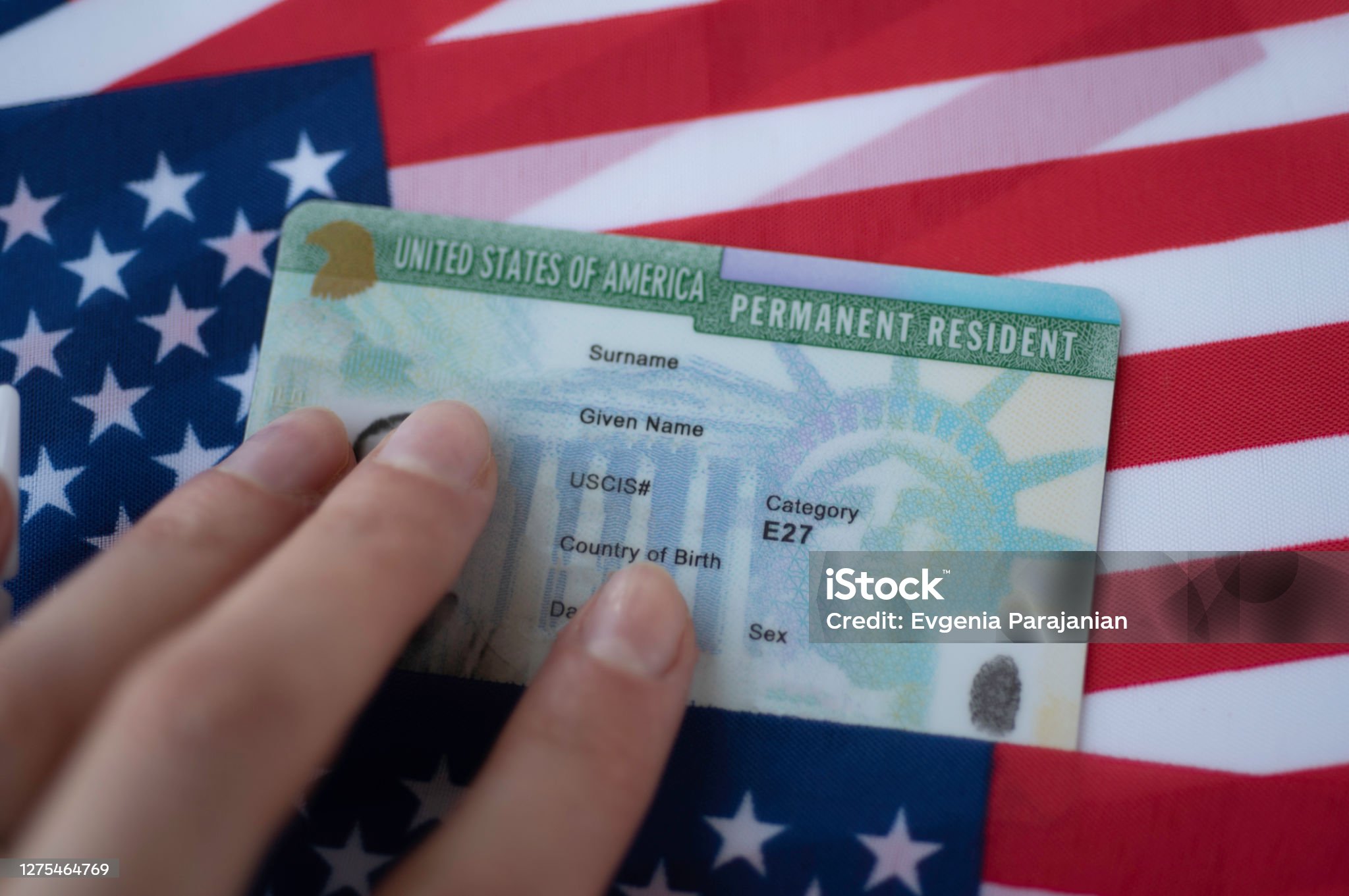Extensive Overview about Security Elements in Digital IDs plus Emerging Technologies for Secure Transactions
Extensive Overview about Security Elements in Digital IDs plus Emerging Technologies for Secure Transactions
Blog Article

1. Overview of Identification Documents
Identification documents have significant personal and societal impacts. They act as "permissions" and "access passes," meaning society functions smoothly only when they are available and universally accepted. Various types of identification documents exist, with each fulfilling a unique role. For example, a copyright is considered valid proof of the right to operate a car, and a copyright proves citizenship and allows entry into the country. These documents are the most useful from a personal point of view and play a crucial role in the transaction of contracts, for example, to get a job, to access services, to buy insurance, or to rent a car. Often, financial institutions might require access to these forms of identification when dealing with borrowers who seem unreliable or possess weak credit backgrounds. These documents not only serve as clear proof of identity but also as authorization for a person to fund or operate within the law.
Identification documents weren't always as integral to daily life as they are in modern times. The importance of these documents has expanded in response to evolving legal standards and security needs. Technological advancements enable organizations to develop advanced secure systems that outpace public ID technology. Numerous nations are transitioning to biometric-based standards for national IDs. A few countries have implemented electronic exit strategies.
A person's identification documents serve as a formal confirmation of their legal standing. The "real identification" acknowledged universal documents include passports, copyright, copyright, and driver's licenses at both the international and national levels. Many people file these identification documents under lock and key or with good protection and can easily access them whenever needed.
In this discussion, we delve into the legitimacy and importance of documents such as the IDP, Real ID, copyright, copyright, copyright, and resident permits, aiming to enhance public awareness of their necessity. Educational staff and the general public need to be informed about these documents, and this knowledge could help prevent their loss or aid in their recovery. The content here is directed at both domestic and international audiences, aiming to ensure they possess the vital documents necessary for their knowledge and ideals.
2. Legal Structures and Rules Overseeing Identification Documents
Identification documents are governed by laws and regulations that vary from one jurisdiction to another. Documents are issued directly to individuals by an issuing authority and under specific guidelines and rules intended to keep the integrity and accuracy of the document. In some cases, identification documents are compulsory, while in other cases they serve as forms of verification or validation. It is the responsibility of the individual to comply with the legal guidelines set by the jurisdiction where the document is to be used. In conclusion, individuals must comprehend the legal rules that pertain to their intended use of identification documents within any jurisdiction where they expect to act. For the most part, government agencies at the state or local level issue, regulate, and restrict certain documents for use in certain transactions.
However, jurisdictional identification requirements can sometimes create conflicts for those traveling or doing business internationally. It is, therefore, a global concern when people experience confusion or alienation when traveling internationally due to a lack of understanding of identification document rules. It would be impossible to detail every country’s specific identification rules here, but it is important to know, today and in the future, with nearly 200 countries bordering this globe and some 7 billion inhabitants who are traveling, trading, and doing business with each other. Failure to follow these rules could lead to legal issues in another country, requiring adherence to international and reciprocal laws. Noncompliance may result in civil or criminal consequences, breaching identity, privacy, trade, commerce, or human rights laws.
Public policies and protected rights can sometimes clash when creating security regulations for travel IDs. In some cases, human rights might clash with security policies requiring the highest levels of identification documentation in the fight against terrorism. In recent years, the introduction of digital mobile driver’s licenses has pushed countries to clarify or draft laws governing their usage, as technology in this area continues to advance. The next frontier for global travel may lie in the widespread use of digital identification documents. Despite the shift towards mobile driver’s licenses, the use of passports is expected to persist well into the future. 
Both the standardization and evolution of digital IDs and mobile driver licenses are continuing to develop. For example, almost two years after California passed its law defining mobile copyright requirements, resident permits stakeholders are about to agree on formal regulations for the first state-sponsored mobile copyright.
3. Comparative Study of International Driver’s License, Real ID, copyright, copyright, copyright, and Resident Permit
The International Driver’s License is a document issued for people traveling internationally to drive legally. The International Driver’s License was not created by the United Nations or any international NGO to enable inter-state travel.
The Real ID is intended to be a widely accepted identification for domestic travel, along with state-issued driver’s licenses and IDs that meet federal standards. The Real ID can also be used for entry to federal facilities and nuclear power plants. It is important to note that the Real ID is not a substitute for travel documents like passports, visas, or resident permits. Though some people may use it abroad as an identification and date of birth document, the Real ID is primarily intended for domestic use.
In the United States, passports serve as original forms of identification, as opposed to derived ones. A copyright is largely an instrument of foreign policy; it was created to safeguard citizens from arrest and assist them in traveling for diplomatic or non-obligatory negotiations. This is the official, often administrative, use. Of course, the copyright has bureaucratic as well as personal applications. To travel internationally, or even regionally in some cases, travelers must not only possess a copyright but also adhere to various other regulations.
The copyright is a record issued at the time of birth and is used as a means to obtain a copyright and other forms of identification. In comparison, a copyright and a copyright would seem to serve the same general purpose. However, a copyright has ongoing effects. Also, even if served in acquisition, the copyright never leads to the acquisition of a “second copyright”. A copyright is irrelevant to obtaining a second copyright unless it involves taking on an illegal nationality.
4. Anti-Fraud Mechanisms and Security Features in Identification Documents
Several security measures are employed to safeguard against fraud, counterfeiting, and unauthorized tampering of identification documents. Many identification documents utilize features such as holograms, multi-layered images, and laser engravings for enhanced security. Other cards may contain an embedded RFID chip with a stored digital image and other biometric information.
Many security features are covert or semi-covert, like special inks or designs, watermarks, and microtext. Such security features are put in place to make ID documents extremely hard to copyright or alter. 
Typically, the security level of an identification document is proportional to the level of trust it is expected to carry. copyright security features, for example, need not be as robust as those on a copyright, since the copyright is used for travel and the copyright is used mainly domestically.
Advances in technology have led to the development of sophisticated ID document security features. Actively promoting and adopting new security technologies helps keep one step ahead of potential fraudsters and counterfeiters by using up-to-date issuance practices.
Moreover, it is also important to continually evaluate existing and potential security features and issuance methods. This evaluation ensures that identification security systems remain strong in the face of new and advancing threats.
A robust anti-fraud security system must focus on both proactive and reactive approaches to prevent fraud. Proactive strategies include actions such as education, public campaigns, service announcements, and security-focused events or workshops.
5. Summary and Future Developments in Identification Document Technology
This article explores the wide range of identification documents used globally. Identification documents must be examined from a technical angle, including security features and verification, as well as from a legal viewpoint concerning their legitimacy in courts.
My research shows different attitudes to the way a good document might be and how the value of the verification tool is variable according to the circumstances of where the document should be used. It would also be interesting to examine through ethnographic methods how the definition of a “good” identification document varies by country. Comparative work also offers understanding of the differences in document legitimacy, even among countries with comparable political, economic, and social frameworks.
The future of identification documents is undergoing significant change, driven by advances in digital technology. Digital technology is helping to advance the functionality and security of traditional documents such as eIDs, keeping pace with mobile phone trends. The main landmarks in this new convergence include biometrics and blockchain technology, particularly for distributed ledger use.
Biometrics and its “liveness” function will collect the necessary biometric data during the direct correspondence between the person and the enrolling or verification authority, increasing the level of trust in the correct identity, excluding digital diversion of identity. This technology could transcend the scope of basic human rights as defined by international laws and constitutions. Access to this biometric data needs to remain highly private and governed by the individual’s consent.
Digital identity systems might contribute to exclusion, particularly for individuals who do not have easy access to digital identification systems. Not everyone has easy access to a digital identity in the first place. A so-called “identity gap” has emerged due to technological advances, which lead to unequal levels of access to identity verification across different parts of society.
There is a need for more systematic comparisons between digital identity systems and physical documents. So, apart from verifying identity, digital identity databases also serve to verify risk levels associated with different transactions. Further research is needed to examine how the rights associated with offline identification verification can be extended to digital identity scenarios.